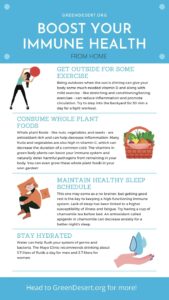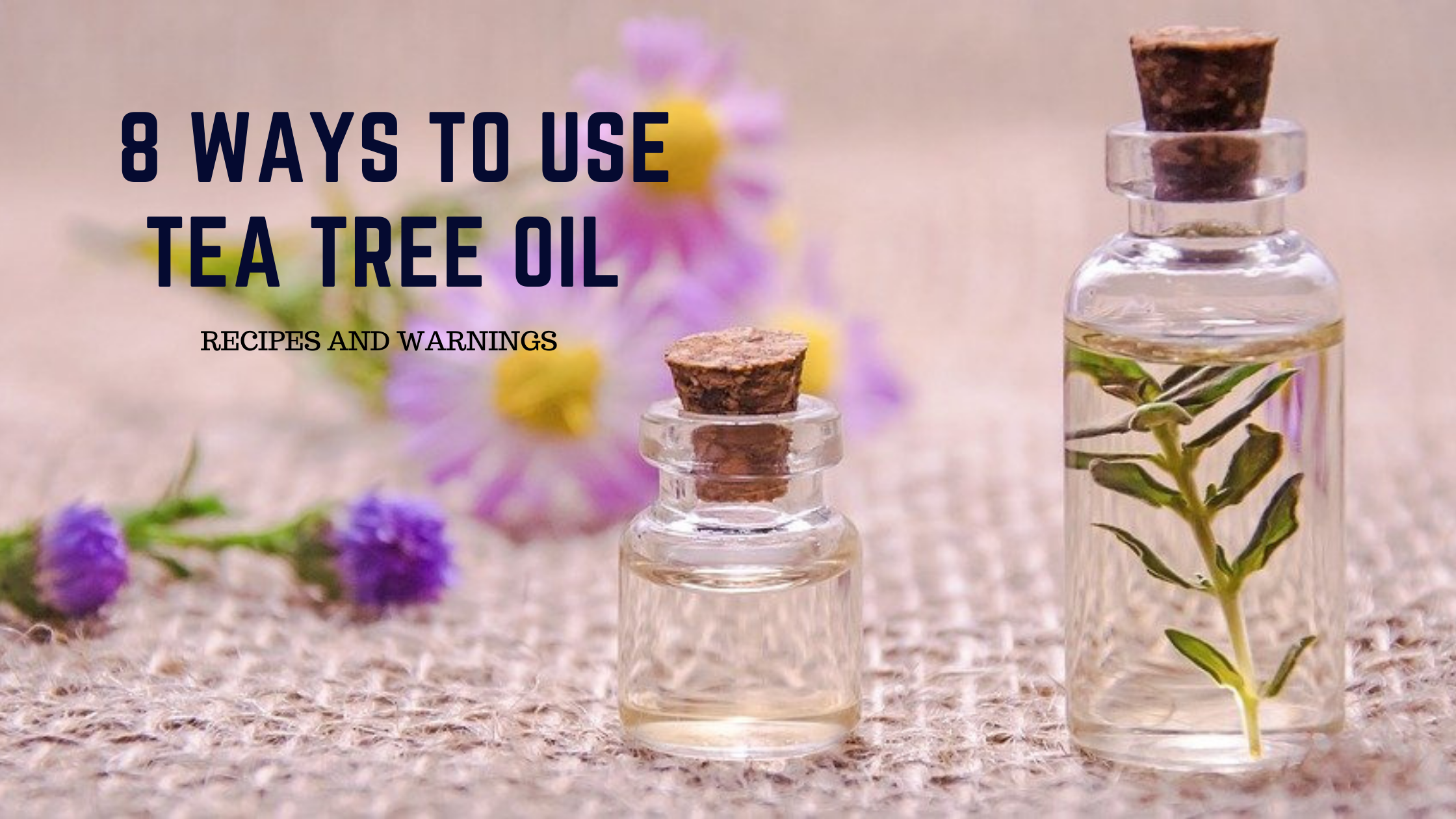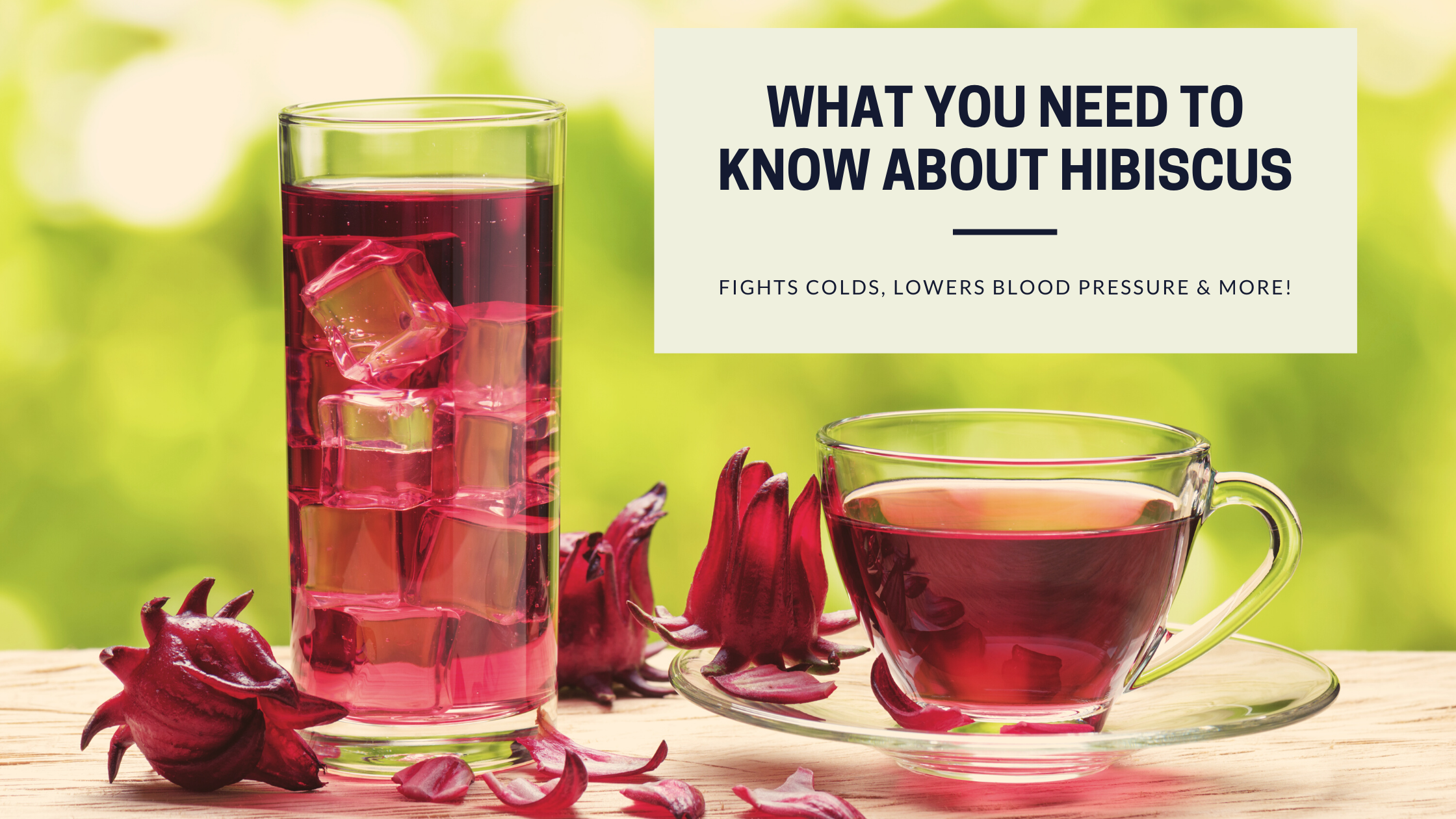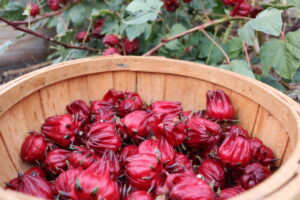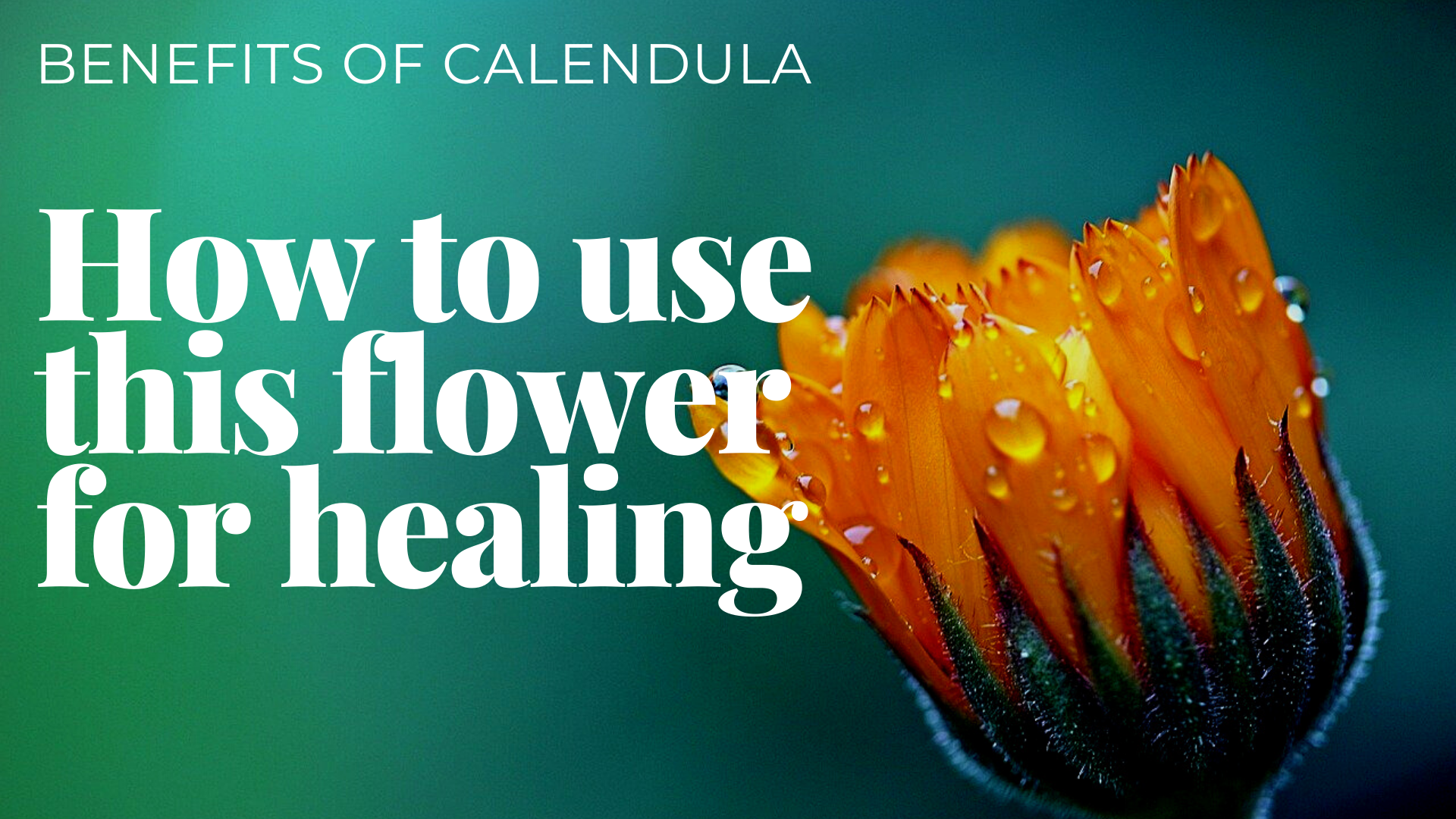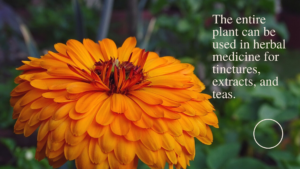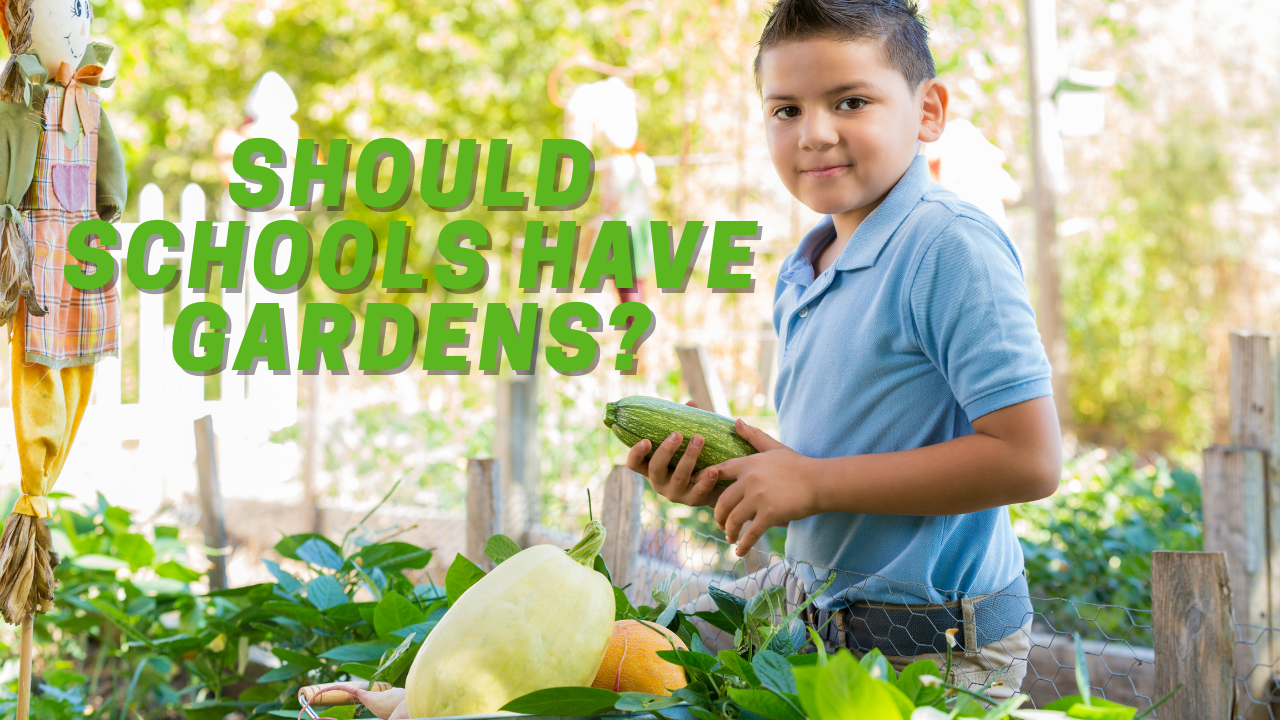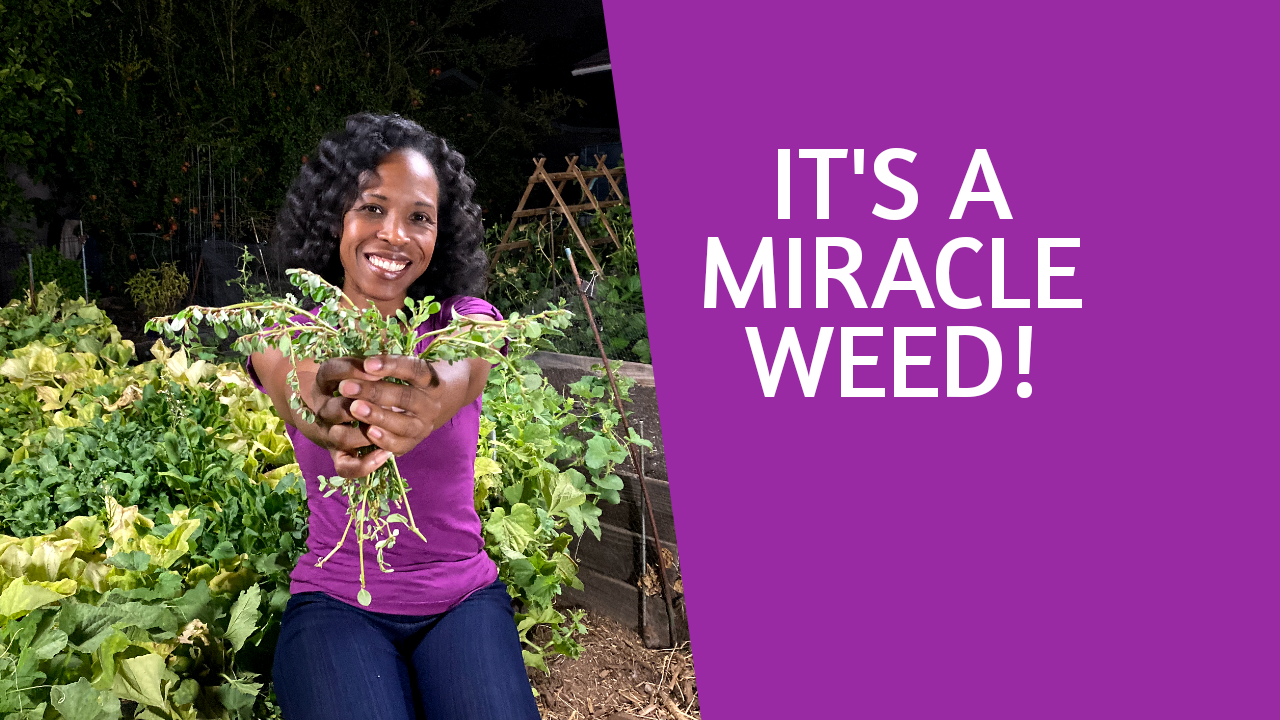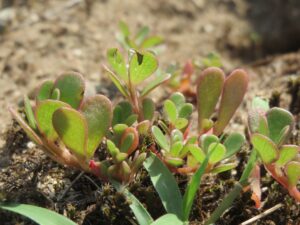Why tea tree oil is a staple in my home
It’s common these days to see tea tree oil in all sorts of products including sanitizers, shampoos, antiseptics and more! But you really don’t have to spend cash buying these products because you can make your own. You’d be amazed at all you can do with tea tree… the benefits are never-ending!
Even the Aborigines used the tea tree leaves for medicinal purposes, like chewing on young leaves to relieve headaches. They would also crush the leaves to extract the oil and inhale it to treat coughs and colds. It’s naturally anti-fungal, antibacterial, and antiseptic.
Today tea tree oil is used in homemade cleansers and to treat several conditions including thrush, vaginal infections, acne, insect bites, cold sores, and minor burns. Studies have also shown that it kills several common bacteria and viruses responsible for causing illness, like E. coli. Other studies, published in the National Library of Medicine (NIH), show adding tea tree oil to cleansers makes washing your hands even more effective, vital with our current pandemic.
HAND SANITIZER
So why not make your own hand sanitizer? The timing couldn’t be more perfect! This DIY recipe is moisturizing, disinfecting and it’s quick…only takes me about 10 minutes to make!
This is NOT a substitute for hand washing… that will always be the best option to avoid spreading disease. But it’s a great alternative when you don’t have access to soap and water. The best part, you don’t have to be concerned with the toxic chemicals used in commercial sanitizers.
This recipe makes four ounces o sanitizer. I like to use dark bottles since the essential oils are best when you don’t expose them to light.
For my sanitizer, I take 10 drops of lavender essential oil, 35 drops of tea tree essential oil, and ¼ teaspoon of Vitamin E oil. I mix it all in a bowl. Then I mix in 6 tablespoons of rubbing alcohol. Next I take about 1 ounce of aloe vera gel from my aloe vera plants and mix everything really well and you’re ready to use it.
If you’d prefer a spray sanitizer over the gel, just substitute the aloe vera with witch hazel.
HOME DISINFECTANT
Other ways I use tea tree oil is to disinfect my home.
I mix one cup of water, ¼ cup vinegar, 10 drops of lavender oil and 10 drops of tea tree oil into a spray bottle. Next I give it a good shake before every use and it’s ready to use. When my kids were young, I used this recipe to clean their toys. Now I use it to clean my house.
LINK TO VIDEO
CARPET FRESHNER
I love the clean smell so I also add it, and other essential oils, to my homemade carpet freshener.
LINK TO VIDEO
DEODORIZER
And if something is stinky, I pour 1/8 cup of tea tree oil into a bowl and place it in the fridge overnight. By morning, you’ll never know there was ever an odor in the fridge.
ACNE
It’s also great for acne! If I feel or see a pimple coming, tea tree oil to the rescue!
I dilute the tea tree oil with a carrier oil… usually olive, avocado or coconut oil. It speeds up healing… I’m a witness!
But be careful… I take 4 drops of tea tree oil to one teaspoon of my carrier oil to help prevent any skin irritation, including burning.
You don’t have to take my word for it… there’s research backing my experience.
In fact, some studies show tea tree oil to be as effective against acne as some common anti-acne medications. So if you want to try this remedy, a common way to use it is to mix one part tea tree oil with 10 parts water. Use a cotton ball to apply it on your affected area daily.
When I have a toothache or cut in my mouth, I mix tea tree oil with water and I gargle twice per day. The ratio is 1 cup of water to 10 drops of tea tree oil.
It actually numbs my toothache. But be careful not to swallow it because it can be toxic.
VAGINAL HEALTH
If you’ve ever felt a vaginal itch or just want to feel a little fresher, try tea tree oil. It’s known to be a safe way to maintain vaginal health and is supposed to get rid of yeast infections.
This is another remedy I’ve tried.
For a yeast infection, you can make a homemade douche. I add about 10 drops of tea tree oil to about two quarts of water to a douche bag and I’ve felt immediate relief. You can also add tea tree oil to your bath. I put about 15 drops to my bath water. It’s refreshing even if you don’t have any vaginal issues.
FASTER HEALING
Another popular benefit is it aids in healing cuts and bruises faster. How? Apparently it increases white blood cell activity that is instrumental in the healing process and it reduces inflammation.
I simply dab a few drops of tea tree oil on a cotton ball and rub it on the affected area. Try it, you will be amazed by the results.
DANDRUFF
Got dandruff? There’s a reason you see tea tree oil in many dandruff shampoos. It’s supposed to help improve dandruff and itchiness.
So rather than spending a bunch on new dandruff shampoo, try adding a few drops of tea tree oil to a small amount of shampoo, size of a nickel. Then wash away!!
There are so many other benefits to using tea tree oil. I’d love to hear how you use it or if you try any of our recipes! Email us at [email protected].


